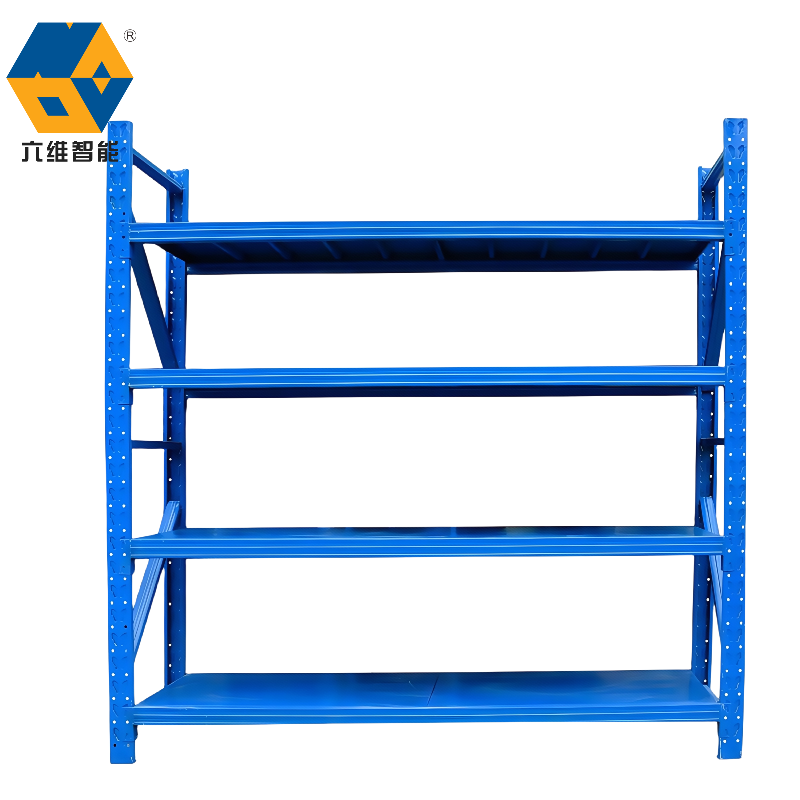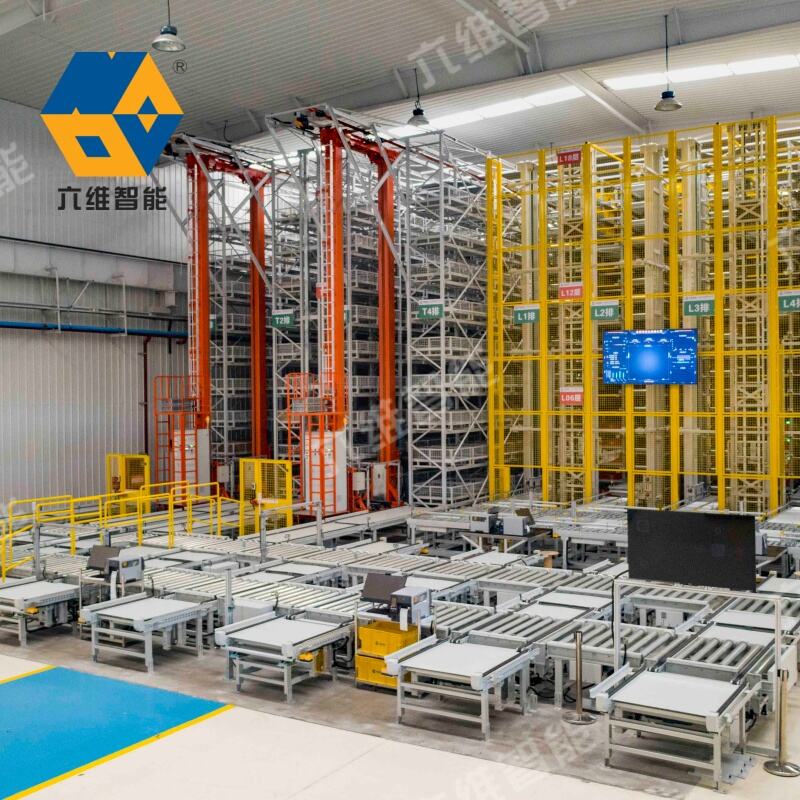drive in racking
Drive in racking represents a high-density storage solution designed to maximize warehouse space utilization through deep lane storage configurations. This innovative storage system allows forklifts to drive directly into the rack structure, enabling dense storage of similar products in a last-in, first-out (LIFO) sequence. The system consists of robust support rails that run the depth of the storage lane, allowing pallets to be stored on multiple levels. Each lane typically accommodates multiple pallets stored one behind another, making it particularly effective for bulk storage of homogeneous products. The structural design incorporates heavy-duty frames and rails specifically engineered to withstand the frequent interaction with material handling equipment. Advanced safety features include guide rails at floor level to assist forklift operators in maintaining proper alignment while entering and exiting the storage lanes. The system's configuration eliminates the need for multiple aisles, potentially increasing storage capacity by up to 75% compared to traditional selective racking. Drive in racking proves especially valuable in cold storage environments, where space optimization is crucial due to high operational costs. The system's design also incorporates specific load-bearing calculations to ensure structural integrity under various load conditions, while maintaining compliance with international safety standards.


